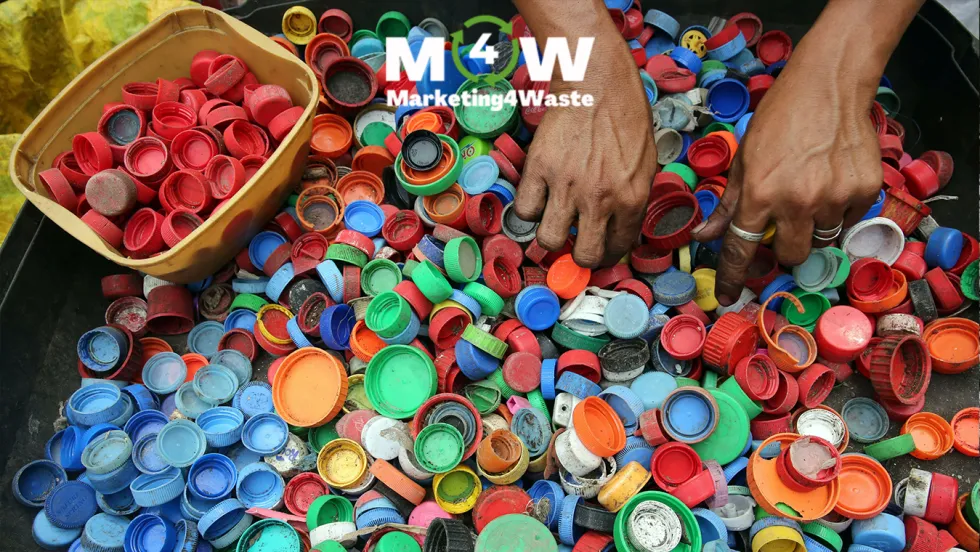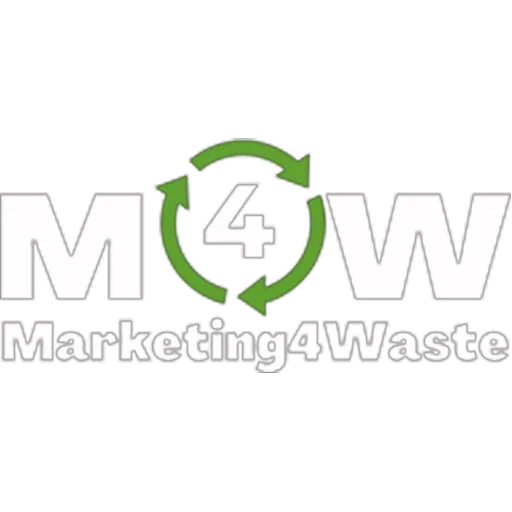Increase the Revenues of Your Waste Company With the Tips Shared in Our Blog Articles

Raw Material Shortages: A problem of Waste Management Businesses
Is it possible to prevent the raw material shortage in waste management? Yes, it is possible. In this Marketing4Waste newsletter, I share with you a complete strategy on how to do it.
I’m sure that you, as well as thousands of others in the world, are victims of the recent raw material shortages.
During the second part of 2021, a lot of people who purchased an apple product, a car, or any electronic product may have experienced some delay or trouble in the delivery due to the scarcity of products.
Keenly watching the markets, this seems to just be the beginning of the problem.
In fact, what is happening is that the growth of consumption combined with the growth of the number of citizens plus the reduction of the production activities caused by the pandemic, resulted in a delay in production and delivery. This is now common in different markets.
From microchips to car production to the production of clothes.
Which materials, though, are actually suffering from shortages?
The most important ones are the rare earth defined in the periodic table under the denomination of lanthanides.
These particular raw materials, ignored until 1986, became very important with the diffusion of nanotechnologies applied to the production of microchips and touch monitors.
In actuality, their primary characteristic is the ability to be stimulated and to revert to their original state in nanoseconds while consuming little energy.
Two of the most researched aspects for decades: fast reaction speed and low energy requirement.
Yet in the group of the shortage materials there is also lithium that has become the most used raw material in the production of the accumulation of energy.
In reality, we switched from using nickel to using lithium, which offers a wide range of applications and a long life due to its features.
Additionally, by examining the production data during the past ten years, it is simple to comprehend the quantities consumed and the reason why today’s materials are comparable to what Iron or Bronze were at specific times in history.
Using these facts as a starting point, many hypotheses were made by numerous worldwide mining and material catching firms. The fundamental goal of these hypotheses was to identify fresh sources for these raw commodities. from the digging up of the seabed to the beginning of fresh “gold rushes.”
And some of them actually spent millions on research and development because they believed that using resources from our planet was the only solution to the issue.
Due to this, there is currently a pollution issue in the Amazonian forest on the Peruvian side where individuals used mercury as water during the unchecked gold rush, generating an out-of-control contamination (https://www.cbsnews.com/news/illegal-mining-gold-mercury-pollution/).
For that I personally think that the question to ask yourself is “is it really the right way?”
If we take into consideration how much raw material we have mined in the last 50 years. How much of these raw materials do you we think have been recycled? Then you can easily understand that the largest part of the source that we are searching for is already in our hands.
What am I saying?
Yes you’re reading that right.
The largest part of the raw materials that we are searching for are already in our hands because we have so many products new and old that contain these precious materials.
I’m sure that if you visit the house of your parents or your grandparents you can easily find an old TV or an old monitor, an old radio equipment, an old cordless phone, some old cell phones and much more of these equipments.
All these equipments are a precious source of raw materials.
I know that some of these have a sentimental value to your parents and maybe to you too, but imagine the quantity of similar products not properly disposed of?
Some weeks ago I started to follow an Instagram page called DesertedPlaces (https://www.instagram.com/deserted.places/) that collects the photos and videos of thousand of abandoned hospital buildings, abandoned houses, abandoned buildings in general where there are equipments and tools that if properly disposed could be one of the most resourceful source.
Why are people not collecting them?
That’s the main question to ask.
By the way, this question raises another one: if they are waste materials of such value, what is restricting their collection?
And that’s the most important and interesting question.
What is actually becoming apparent is that most individuals are unaware of the true worth of these wastes.
Or, even better, they typically have to pay to get rid of them.
Yes, in fact that’s one of the most important limitation.
A limit that is caused by an old business model applied to waste management companies.
If you consider the typical waste management business model is based on the following steps:
— citizens pay for waste collection (directly or indirectly)
— citizens segregate waste
— waste are collected
— waste are selected
— some waste are sold as secondary raw material
— some waste are disposed to the closest plant
— some others are destroyed
— company gains money in two ways:
— — collecting wastes (the largest percentage)
— — selling secondary raw materials (the smallest percentage)
As you can easily understand, which benefits are there for the citizens?
What benefits may a business that supplies garbage expect?
It is the progeny of the linear approach to waste management.
Actually, the waste collection firm is the only one who benefits.
How can you think that people can actively contribute to your cause without having nothing for their role?
Think for one moment what really happens when you do a job and no one pays you.
You lose the enthusiasm and you lose the passion for what you are doing.
Initially.
Second, you would prefer not to
You prefer to invest your time doing another activity, also if this job is your passion.
That happens also if you are doing something helpful for your community and for your life.
And the results are right in front of each and every one of us.
Thousands of tons of uncollected waste are disposed in to the seas, lands, mountains and more.
The problem is the waste management business model.
A business model based on a linear approach that doesn’t match with the nature where the Mass Conservation Principle is the base of everything.
The shortages I stated earlier are being caused by a business model at the same time. Why?
Think what could happen if your waste management companies will incentivize the collection of wastes transforming the citizens to your suppliers. I’m sure that the shortages that we are facing would be an old “souvenir”.
In fact, looking at the data, it is possible to avoid shortages and to increase the production of goods that need the use of the materials that I mentioned not only for the actual global population but also for the growth that is expected in the next 30 years.
How do we change from this old and linear business model to the circular one?
While the answer to the issue is not simple, it usually doesn’t need changing anything at your plant.
The change to a circular approach from a linear approach of your waste management company is something that involves mainly the sales department and your marketing department.
All the technical aspects in fact should only be adapted to a better control and better segregation in different categories of the waste. To give you a simple example, talking about plastic bottles, you should segregate the cleaned ones from the dirty ones, the caps from the other plastics and the labels from the rest.
On the contrary, in terms of marketing and sales the change is important.
First of all, your marketing should educate people about the importance of their waste and the multiple possibilities of reuse that the precious raw materials contain. The educational content should be supported by articles that talk about the application of recycled materials in the production of the same goods. After that you should talk about the value that these materials have for you and why you are interested in encouraging the collection of these wastes.
Now it’s the time of your sales dept.
In fact your sales dept now should collaborate with the marketing dept in the creation of an offer able to attract the largest part of waste available in your market and, at the same time, they should create an offer for the main companies that could use the secondary raw materials obtained at your plant.
Applying the same strategy that was utilized in the first section with the citizens is necessary for this final section. Actually, you want to inform the businesses in your neighborhood about the potential for using secondary raw resources as the primary raw materials in the manufacture of their items. This only has one implication: in order to provide them with the finest support, you must be aware of how they produce their work and should, therefore, connect with them. The idea that secondary raw materials are somehow distinct from virgin materials is perhaps one of the most ambiguous restrictions. That is erroneous and is based on a fallacy. In fact, if secondary raw materials follow production requirements, they could be in line with virgin products.
You need a robust communication strategy for it, as well as a certification method for the secondary raw materials generated at your factory. Courses and audits that demonstrate how your process is fully compliant with the rules should be used to help the educational process.
Using this approach your sales dept will be supported in the introduction and in the sales process of the secondary raw materials.
That approach will contribute to avoiding the shortages supporting a real circular approach in waste management.
Not only that, but it will alter how people perceive your company.
In fact your business will jump from a waste management business to a secondary raw material supplier that offers real support in the local economy.
That’s something that doesn’t happen over night but needs time, however now is the ideal time to do it.
If you want to discover more fix a consultation call with us going here


© 2025 Marketing4waste - All Rights Reserved,
Marketing4Waste is a brand of MiM MarketingInterimManagers LLC
+1 801 804 5730

